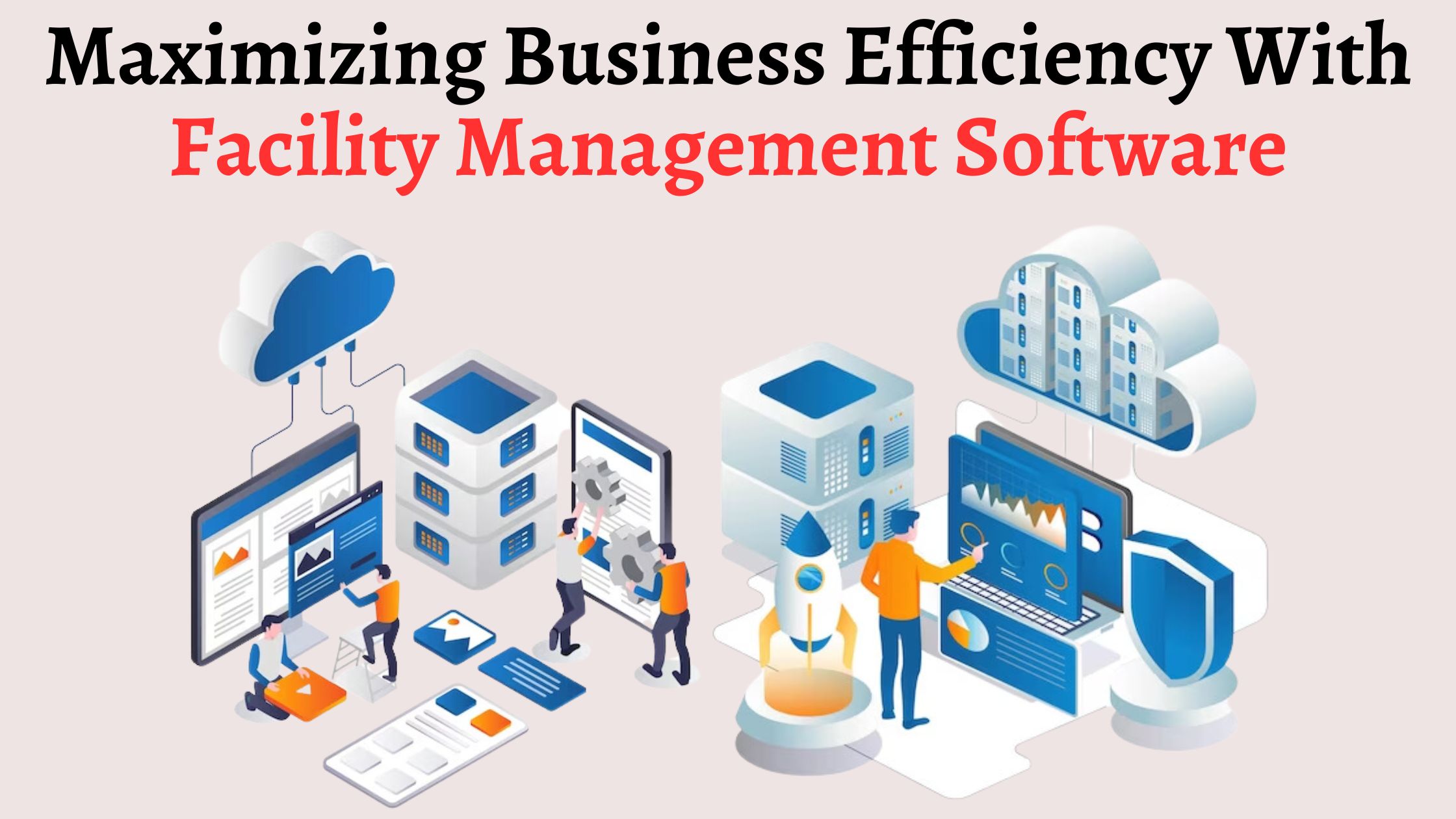In today’s fast-paced world, businesses and organizations face constant pressure to streamline operations, reduce costs, and enhance efficiency. facility management system software (FMS software) and facility asset management software are powerful tools that help achieve these goals. These digital solutions simplify managing buildings, assets, and operational processes, transforming how businesses operate.
This guide will explore the concept, benefits, features, and applications of these technologies, providing you with a comprehensive understanding of why they are indispensable for modern businesses.
What is Facility Management System Software?
Facility Management System Software (FMS software) is a digital tool designed to help organizations manage and optimize their facilities and resources efficiently. From maintenance scheduling to energy management, FMS software integrates various processes to ensure smooth day-to-day operations.
Key Functions of FMS Software:
- Space Management: Optimize the use of office spaces, meeting rooms, and shared areas.
- Maintenance Scheduling: Plan preventive maintenance for assets to reduce downtime.
- Energy Management: Monitor and reduce energy consumption to save costs.
- Work Order Management: Automate the process of creating, assigning, and tracking work orders.
- Compliance Management: Ensure adherence to safety regulations and industry standards.
What is Facility Asset Management Software?
Facility Asset Management Software is a specialized solution focusing on managing physical assets like machinery, equipment, and infrastructure. It helps organizations track asset lifecycles, plan maintenance, and optimize asset usage.
Core Features:
- Asset Tracking: Keep a record of asset locations, conditions, and usage.
- Lifecycle Management: Monitor an asset’s Facility Maintenance Management System lifecycle from procurement to disposal.
- Predictive Maintenance: Use data analytics to predict when an asset might fail.
- Inventory Management: Ensure the availability of spare parts and consumables.
- Cost Tracking: Monitor costs related to asset repairs and maintenance.
Why are These Tools Important?
Both FMS software and facility asset management software play a crucial role in modern organizations. Here’s why they are indispensable:
- Cost Efficiency: Reduces operational costs by optimizing resource use and preventing equipment breakdowns.
- Improved Productivity: Automates repetitive tasks, allowing employees to focus on strategic activities.
- Data-Driven Decisions: Provides real-time data for better decision-making.
- Regulatory Compliance: Helps maintain compliance with safety and environmental regulations.
- Enhanced User Experience: Ensures a comfortable and safe environment for employees and visitors.
Key Features to Look for in Facility Management Software
When choosing FMS software or facility asset management software, consider the following features:
- User-Friendly Interface: Easy-to-navigate dashboards and reporting tools.
- Cloud Integration: Accessibility from anywhere with secure cloud storage.
- Mobile Compatibility: Mobile apps for on-the-go updates and management.
- Scalability: Ability to grow with your business needs.
- Integration Capabilities: Seamless integration with existing systems like HR or accounting software.
Recommended Tools:
- IBM Maximo: A comprehensive asset management solution with predictive maintenance features.
- FMX: User-friendly FMS software with customizable workflows.
- UpKeep: A mobile-first asset management platform ideal for small businesses.
Benefits of Implementing FMS Software
- Streamlined Operations: Automates routine tasks, reducing administrative burden.
- Preventive Maintenance: Minimizes unexpected downtime by addressing potential issues early.
- Energy Efficiency: Tracks energy usage to identify saving opportunities.
- Improved Communication: Centralized platform for better collaboration among teams.
- Enhanced Security: Ensures compliance with security protocols and safeguards sensitive information.
How to Implement Facility Management Software
- Assess Your Needs: Identify your organization’s specific requirements.
- Choose the Right Vendor: Look for a provider with a strong track record and excellent customer support.
- Plan Training Sessions: Ensure employees understand how to use the software effectively.
- Start with a Pilot Program: Test the software on a small scale before full implementation.
- Monitor and Optimize: Regularly review performance metrics and make adjustments as needed.
Real-World Applications
1. Corporate Offices:
- Optimize workspace allocation and manage energy consumption.
- Example: A global tech company reduced utility costs by 15% using energy management features.
2. Hospitals and Healthcare:
- Ensure medical equipment is always operational and compliant with regulations.
- Example: A hospital used predictive maintenance to prevent equipment failures, ensuring patient safety.
3. Educational Institutions:
- Manage campuses, classrooms, and facility maintenance efficiently.
- Example: A university automated work orders for campus repairs, saving time and money.
4. Manufacturing Plants:
- Monitor machinery and prevent costly downtime.
- Example: A factory reduced downtime by 20% with predictive analytics.
The Future of Facility Management Software
With advancements in technology, FMS software continues to evolve. Emerging trends include:
- IoT Integration: Internet of Things (IoT) devices provide real-time data for better facility management.
- Artificial Intelligence: AI-driven insights for predictive maintenance and space optimization.
- Sustainability Features: Tools to help organizations achieve green building certifications.
- Blockchain: Secure and transparent tracking of assets and maintenance records.
Conclusion
Facility Management System Software and facility asset management software are no longer optional tools; they are necessities for businesses aiming to thrive in a competitive environment. By streamlining operations, enhancing productivity, and reducing costs, these solutions empower organizations to achieve their goals efficiently.
Investing in the right software is a step toward a more organized, efficient, and sustainable future. Whether you’re managing a small office or a sprawling campus, these tools are your partners in success.


